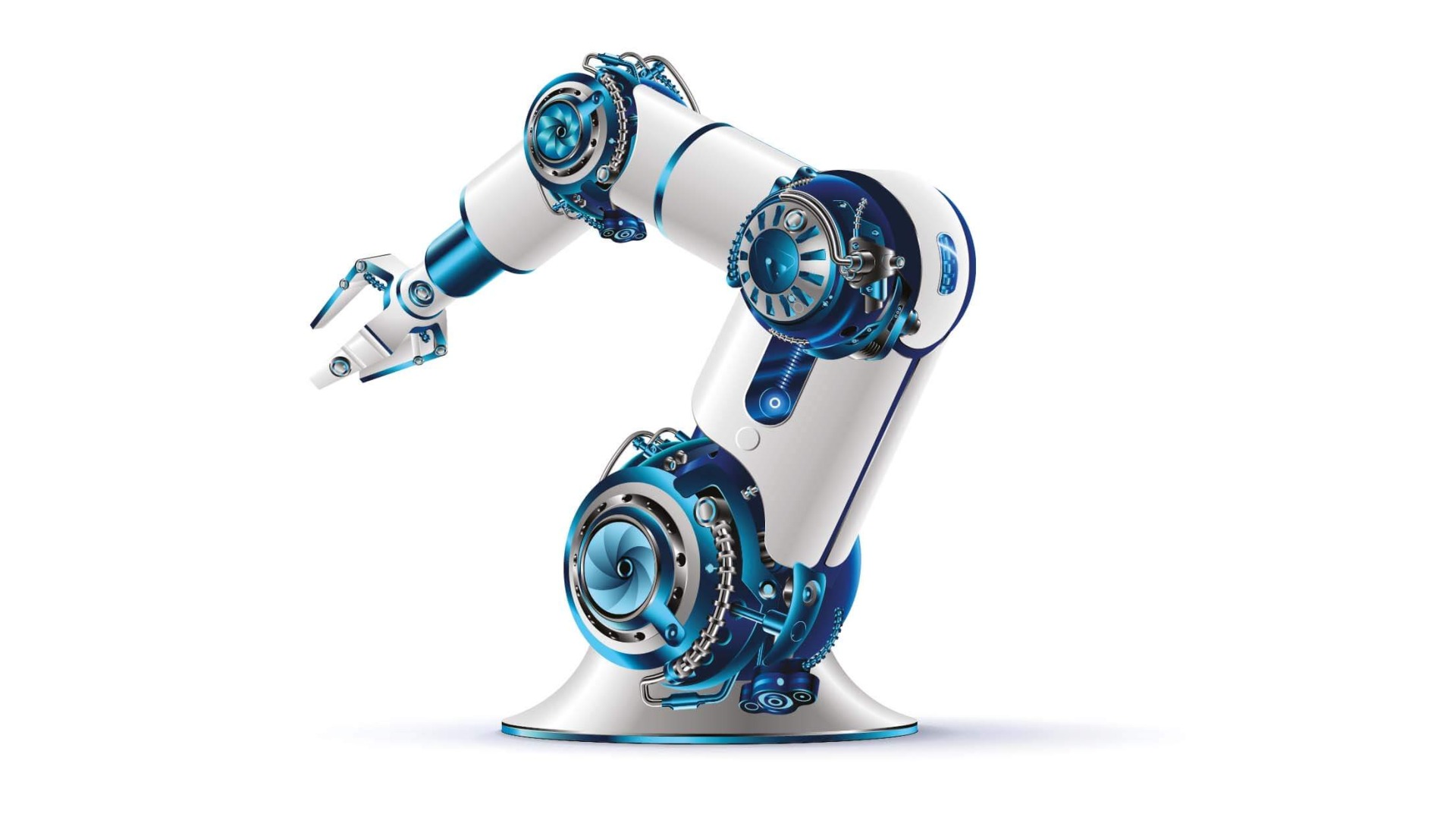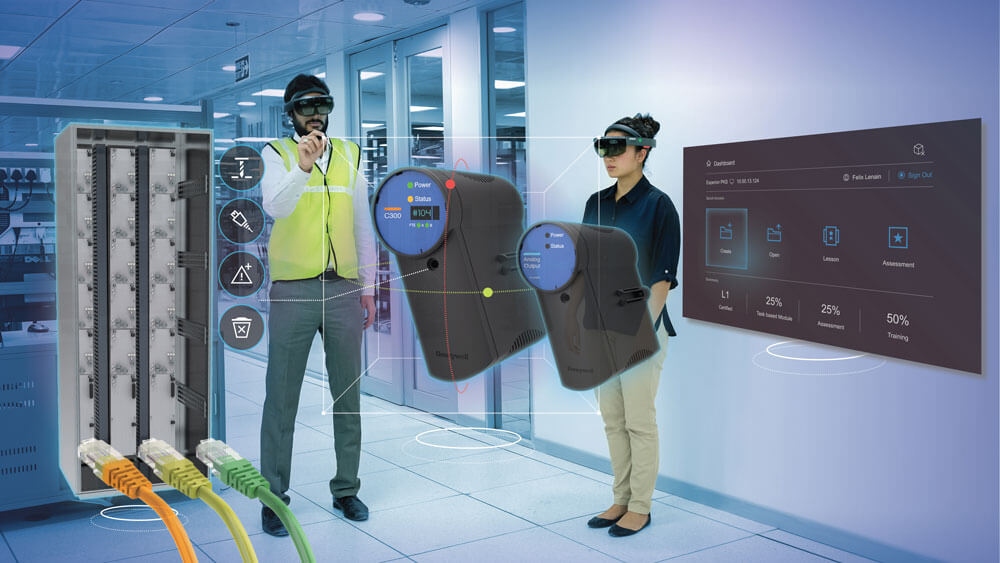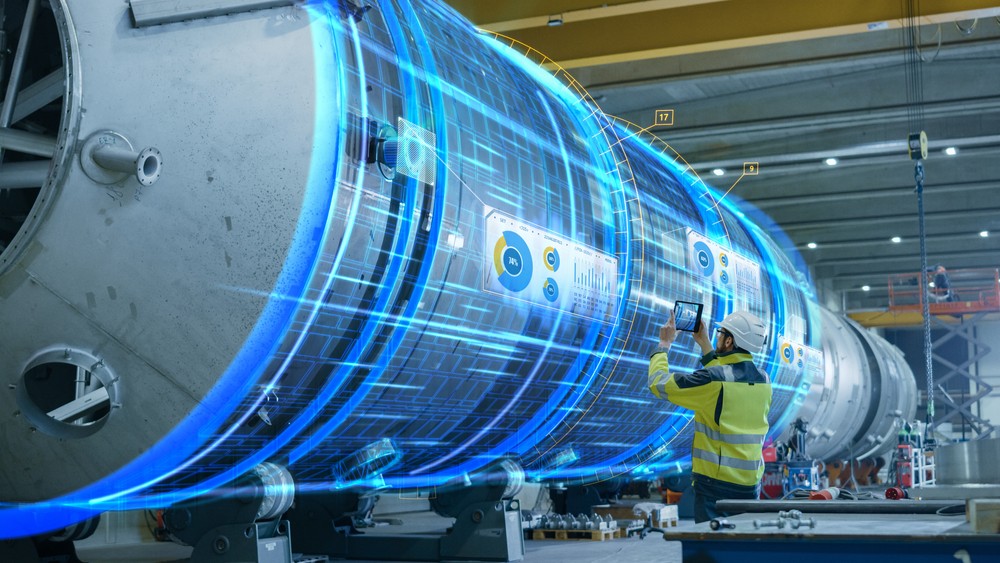Comments
- No comments found

The industrial manufacturing sector has always been coined the “backbone” of the United States and the world.
Whether it is supplying the population with goods, building integral pieces for lifesaving medical equipment, or providing lasting careers to millions of individuals, manufacturing is omnipresent in many ways.
But recently, there seems to be more disruptions and uncertainties surrounding the manufacturing sector, all stemming from various sources. Companies in manufacturing are scrambling to find a solution to these disruptions and, more often than not, are floating around in neutral.
Regardless of the specific disruption interfering with each and every manufacturing company, there is largely one major arrow pointing directly at a Hard Trend future certainty that is not going away: the concept of next-generation manufacturing.
This terminology may have older generations thinking of it as a “millennial or Gen Z takeover”; however, a shift in the age of the workforce in manufacturing is but a small part. The bigger shift at hand has more to do with both digital and physical disruptions changing the status quo of how we manufacture goods and the lack of response to these Hard Trends.

So what exactly are those aforementioned physical and digital disruptions taking place in manufacturing?
At this point, it is exhaustive rhetoric to highlight that the coronavirus pandemic is what caused the biggest disturbance in manufacturing thanks to the supply chain issues brought on by global lockdowns. Of course, the pandemic was the biggest worldwide physical disruption manufacturing has ever seen, but in accordance with my Skip It Principle, taught in my Anticipatory Leader System, this is far from the real problem.
Long before the pandemic, the beginnings of a labor shortage were already taking place. Simultaneously, the demand for more and more goods increased the need to manufacture both nationwide and worldwide, creating a disproportionate ratio of needs to the ability to fulfill said needs. Why were these labor shortages happening, and why are they currently becoming an even bigger issue than supply chain stalls?
One major factor has been a gap in skills coupled with what I have referred to as a generational war. A Hard Trend future certainty that manufacturing companies seem to consistently ignore is that every year, the baby boomer generation is exiting the workforce and taking their skills with them, while up-and-coming generations looking for sustainable careers seem ill-prepared for the manufacturing sector.
News media has a tendency to generalize this problem as follows: “Younger generations just don’t want to work like the older ones do,” or more commonly, “Younger generations don’t know how to do what the older generation did.” This is certainly a problem, but it is one that is completely fixable and was — and still is — completely predictable with an Anticipatory mindset and aligned Futureview® within an organization.
All hope is not lost whatsoever; what must change is the mindset of these legacy manufacturing firms, and soon enough, it will be easy to embrace next-generation manufacturing.
If you’re a leader in manufacturing, the implementation of my Anticipatory Organization Model will help you identify Hard Trend future certainties shaping the manufacturing sector for the better, allow you to attract a new generation of critical thinkers and hard workers, and help you be a significant force in resolving the global labor shortage.
You first may identify that a Hard Trend future certainty that is not slowing down is autonomous technology. This has long been impacting manufacturing, as the massive need for products has increased with the population. For example, assembly lines at automobile manufacturers have long ago become more robotic, with employees running machines rather than physically screwing together nuts and bolts.
Knowing this, the best offense that your organization could implement to draw in younger generations is training programs centered on exactly what they will do and, moreover, how they can continue to grow with the company. My Hard Trend Methodology will give you adequate insight into future changes, allowing you to accurately train these individuals and keep those promises.

Once a new workforce starts to join your team, embracing new technological developments in manufacturing is key.
A manufacturing company with an Anticipatory mindset will be able to instill confidence in its workforce that the company understands what future disruptions are on the horizon and has a plan to ensure said employees will keep their jobs, although their roles may change.
For instance, as augmented reality increases in relevance and is soon utilized in the supply chain, older methods of taking inventory will be gone. Do your shipping and receiving employees fear that they will soon be irrelevant, or do they rest easy at night knowing that you and your leaders are on top of this linear change and that they will still be employed and, even better, growing in their careers alongside augmented reality applications?
All in all, no matter what next-generation manufacturing means to your specific organization, embracing the facets of it and learning how to leverage the fully predictable Hard Trends coming with those characteristics will make you a next-generation manufacturer on a path of significance.
Daniel Burrus is considered one of the world’s leading futurists on global trends and innovation. The New York Times has referred to him as one of the top three business gurus in the highest demand as a speaker. He is a strategic advisor to executives from Fortune 500 companies, helping them to accelerate innovation and results by develop game-changing strategies based on his proven methodologies for capitalizing on technology innovations and their future impact. His client list includes companies such as Microsoft, GE, American Express, Google, Deloitte, Procter & Gamble, Honda, and IBM. He is the author of seven books, including The New York Times and Wall Street Journal best-seller Flash Foresight, and his latest book The Anticipatory Organization. He is a featured writer with millions of monthly readers on the topics of innovation, change and the future and has appeared in Harvard Business Review, Wired, CNBC, and Huffington Post to name a few. He has been the featured subject of several PBS television specials and has appeared on programs such as CNN, Fox Business, and Bloomberg, and is quoted in a variety of publications, including The Wall Street Journal, Financial Times, Fortune, and Forbes. He has founded six businesses, four of which were national leaders in the United States in the first year. He is the CEO of Burrus Research, a research and consulting firm that monitors global advancements in technology driven trends to help clients profit from technological, social and business forces that are converging to create enormous, untapped opportunities. In 1983 he became the first and only futurist to accurately identify the twenty technologies that would become the driving force of business and economic change for decades to come. He also linked exponential computing advances to economic value creation. His specialties are technology-driven trends, strategic innovation, strategic advising and planning, business keynote presentations.
Leave your comments
Post comment as a guest